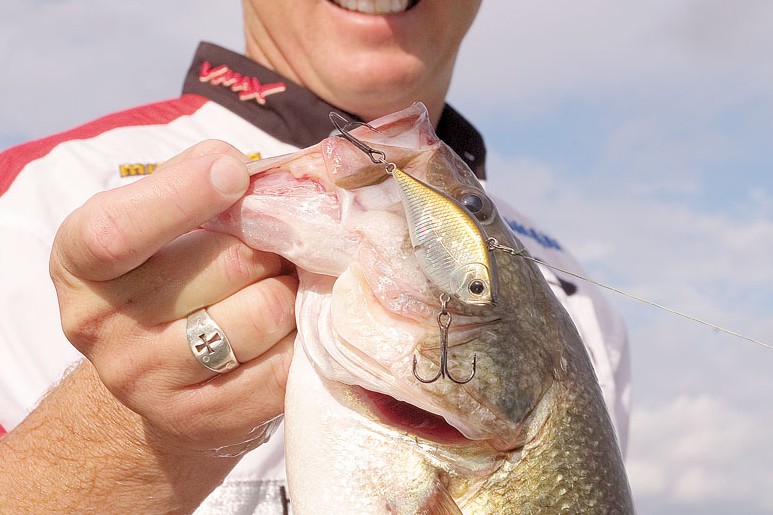Which Colours Are Best for Whatever You're Looking to Catch
Advertisement
Few things cause as much consternation among anglers as choosing the correct lure colour. Listen to a dozen anglers debate the topic and you’ll probably hear 13 different points of view. So, how to make sense of the colour quandary?
One of the best ways to look for answers is through a fish’s eyes. Walleye, for example, have gigantic eyes, while catfish have puny peepers. That’s a dead giveaway that the colour of your lure can be important when you’re fishing for walleye, but insignificant for cats, which rely more heavily on their senses of smell and taste.
Advertisement
Walleye also have unique eyes, characterized by a reflective coating on the retina, the tapetum lucidum, that lets the fish see in near darkness. Not surprisingly, researchers have used walleye to better understand how fish distinguish between different colours. By inserting minute probes into the retinas, they’ve discovered that walleye see the colour orange best in clear, relatively shallow water. When conditions are darker, the fish see colours at the red end of the spectrum better. They also see the colour green, but not as well as orange or red.
The conclusion here? When choosing a lure colour for walleye, opt for orange or red, depending on the water and light conditions. And the more light the lure reflects, the better: a walleye can see a bright orange jig better than a dull one, for example, and a fluorescent-orange jig even better still.
While most colour research has concentrated on walleye because of their enormous eyes—the largest in relation to body size of any creature on earth—it’s fair to say that the same colour preferences apply to most other sight-feeding predators, including bass, crappies, muskies, perch, pike, salmon and trout.
Advertisement
Salmon and trout are typically found in crystal-clear water, where they have ample opportunity to closely inspect a lure. In such situations, the fish can be very discriminating about what they bite—so discerning that sometimes they’ll eat only a dry fly with a hint of orange, red or green on its belly. Now that’s colour conscious. No wonder fly fishers talk about the need to “match the hatch”—choose a fly that’s the precise size, shape and colour of the type of insect the fish are eating.
Experienced trout anglers even go a step further, using a turkey baster-like pump to carefully extract the contents of a fish’s stomach before releasing it. They then select a fly that best duplicates—among other things—the precise hue, shade, highlights and overall colour of whatever they find in the stomach.
Advertisement
Bass, muskellunge, panfish and pike anglers also select lures that match the colour of the food the fish are eating. When smallmouth are scarfing up crayfish, for example, few lures better imitate the tiny lobsters than a soft-plastic tube jig. And an appropriately tinted tube-usually brownish green-corresponding to the colour of the local crayfish will catch far more bass.
Surprisingly, one of the best ways to tempt picky, colour-conscious fish is to use a lure plated with silver or gold. These materials reflect light at considerable depths and closely mimic the scales of baitfish. Shiners, herring, shad, smelt and whitefish are chrome-coloured not so they can be more easily spotted, but so they can reflect their surroundings in an attempt to stay hidden from big, toothy predators. Below the surface, silver- and gold-plated lures likewise mirror the surroundings. So if the water is green, or the colour of chocolate milk, the lure takes on a similar natural hue, just as the baitfish do. Now how’s that for colour coordination?
Did You Know?
Water is so dense it filters out light and reduces reflectivity, changing the appearance of your lure the deeper it descends. At 16 feet, red is the first colour to disappear, followed by orange at 26 feet, yellow at 36, green at 65 and, finally, blue at 85 feet. Below that, all lures appear black or as shades of grey.

